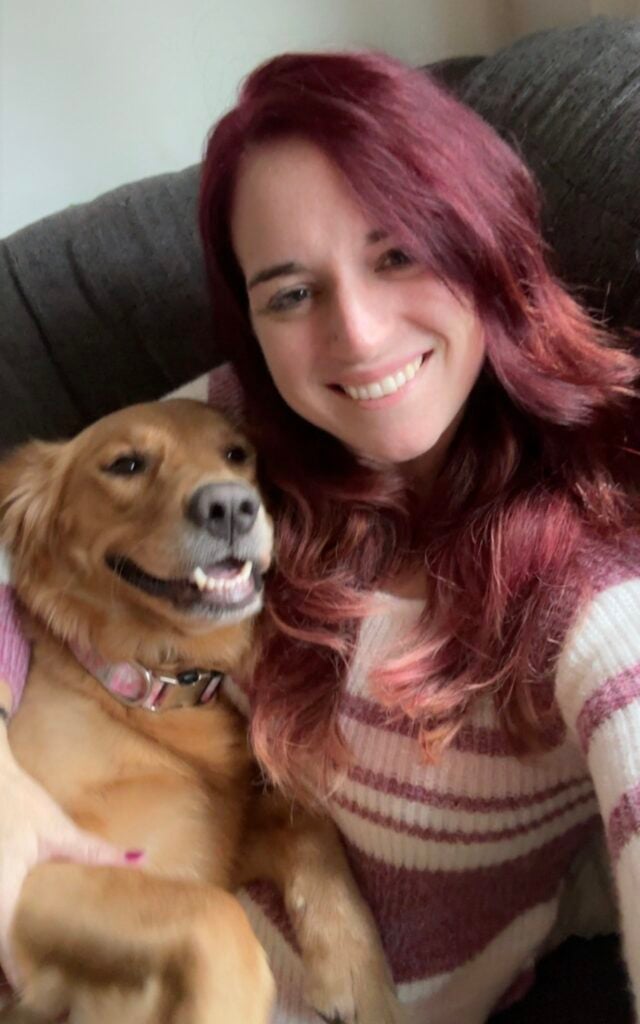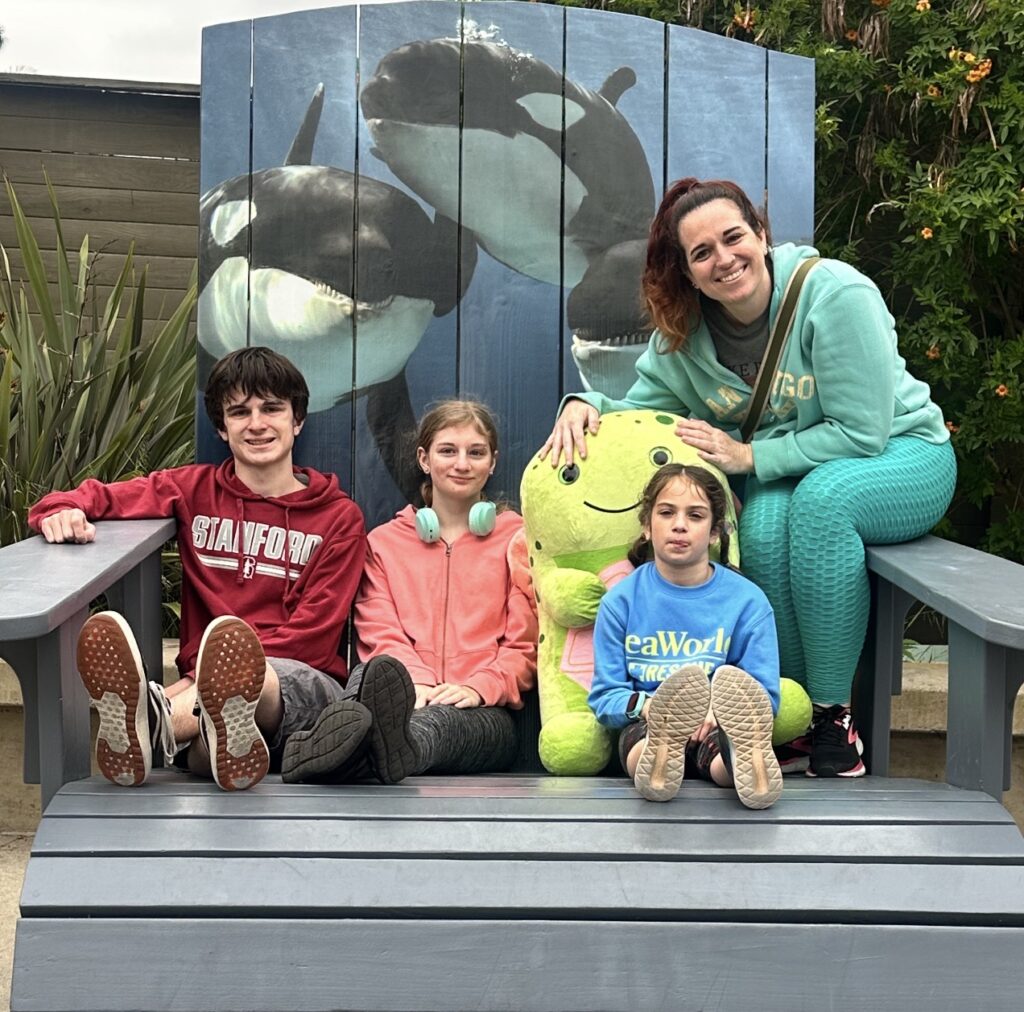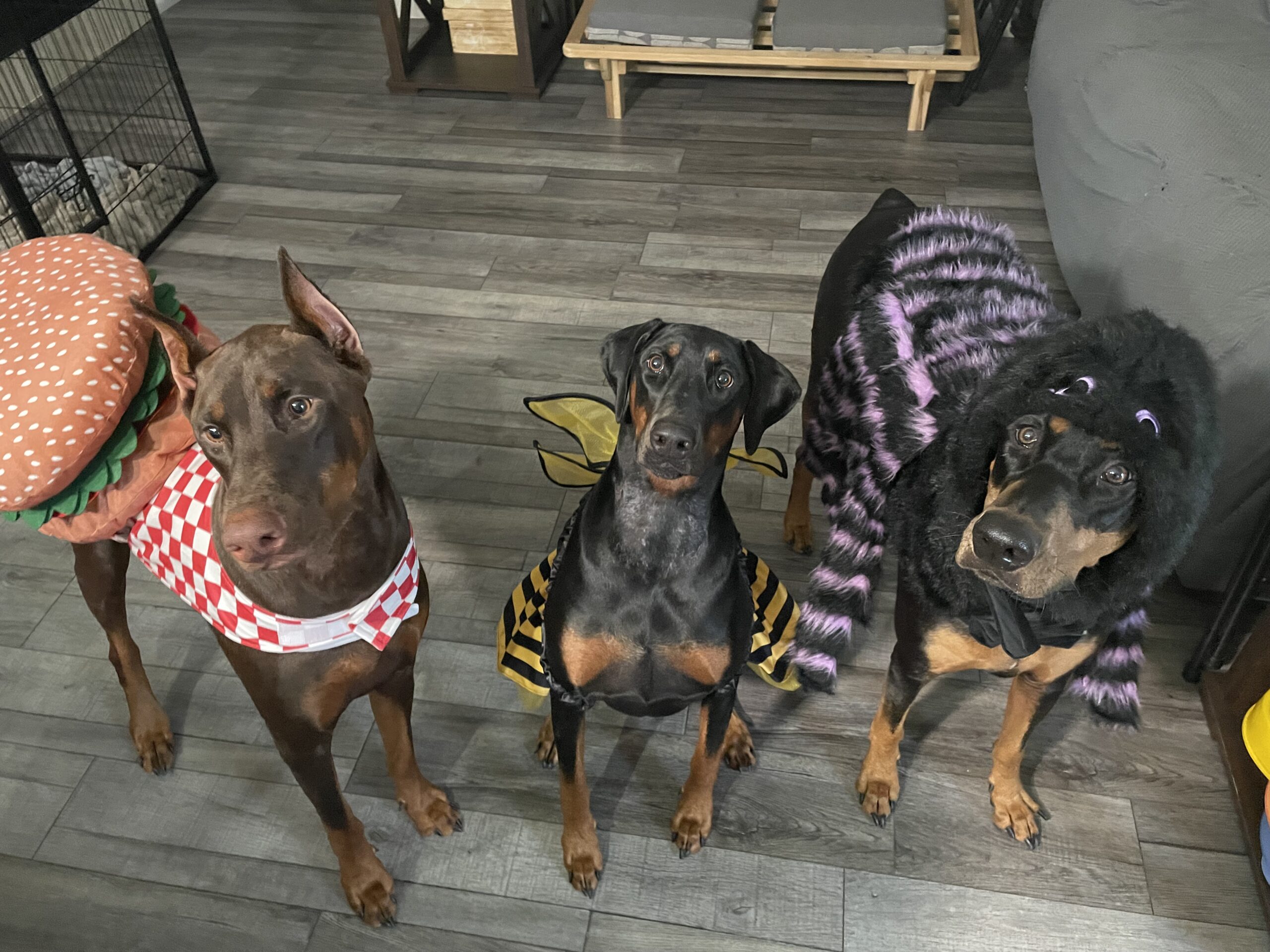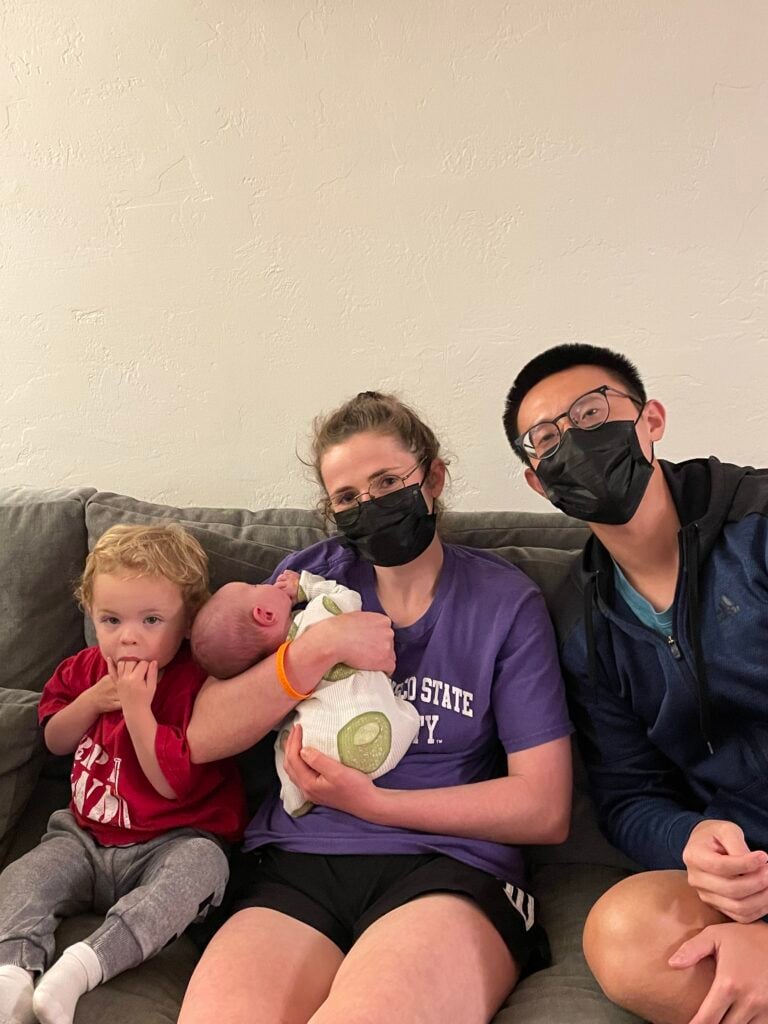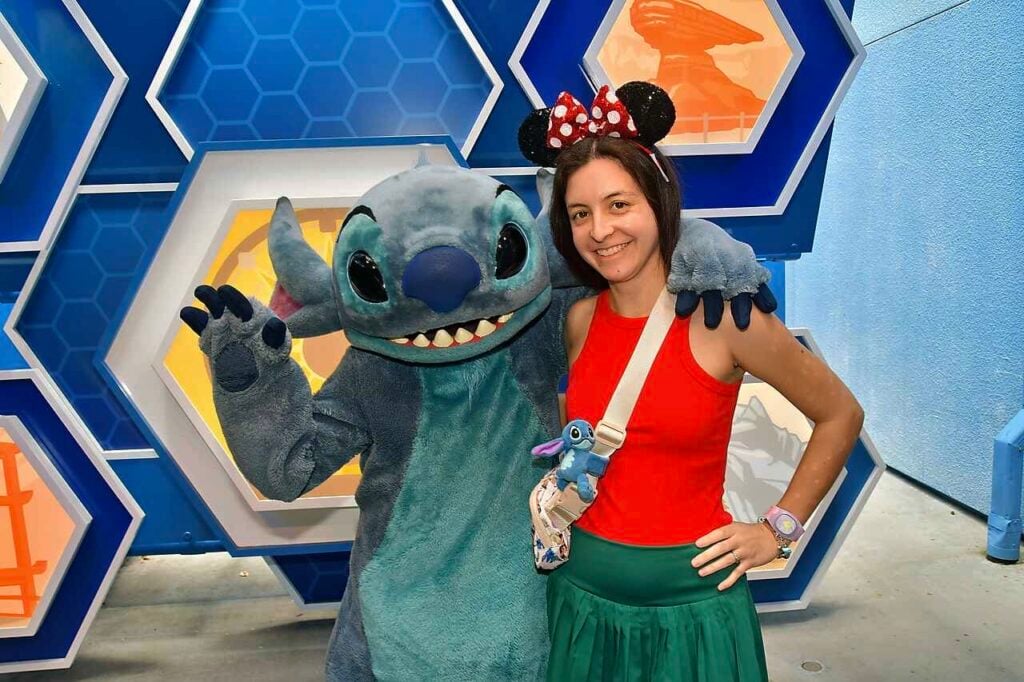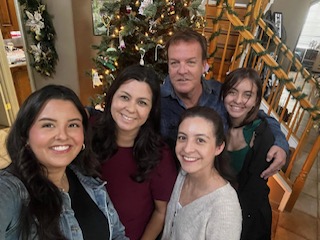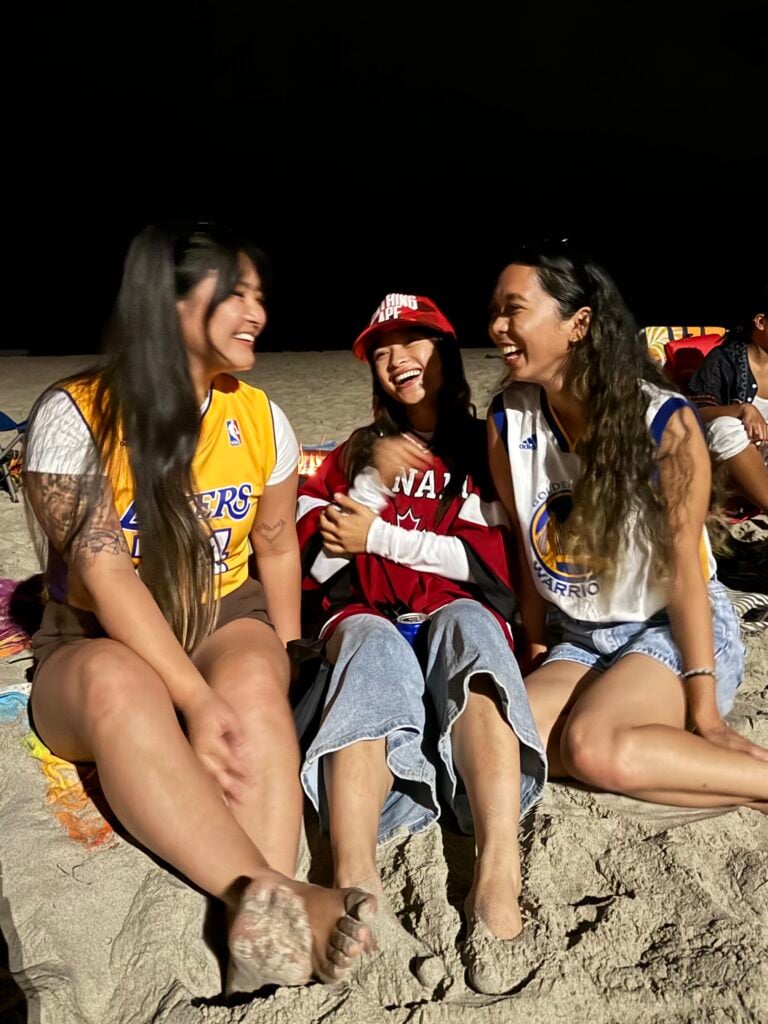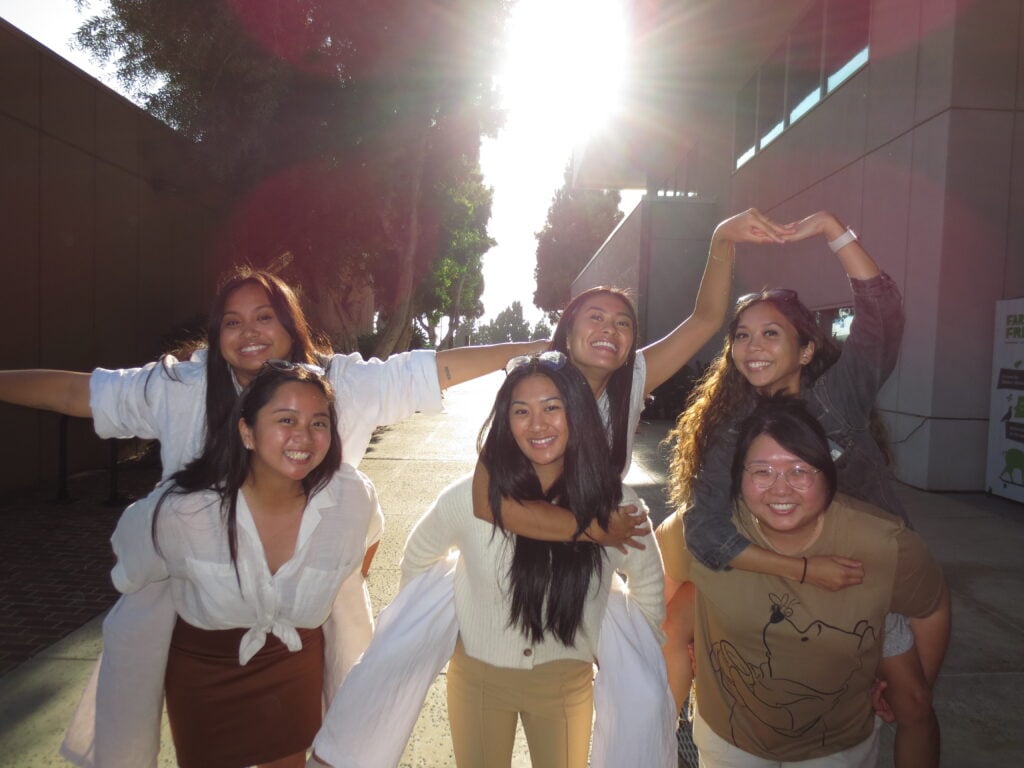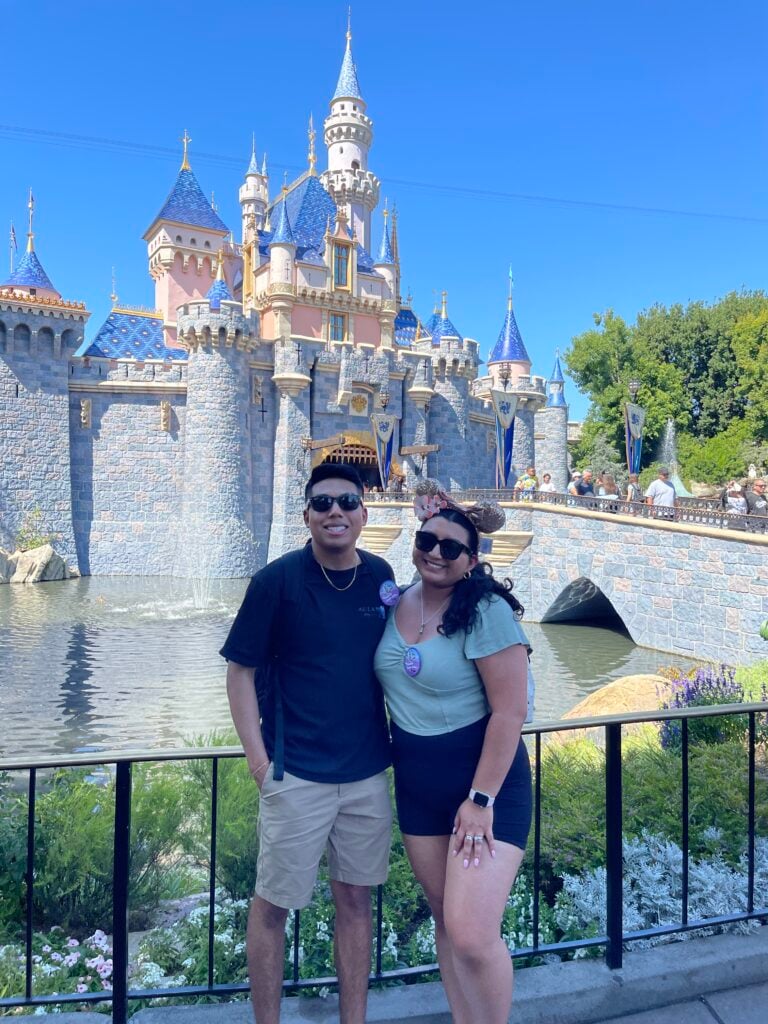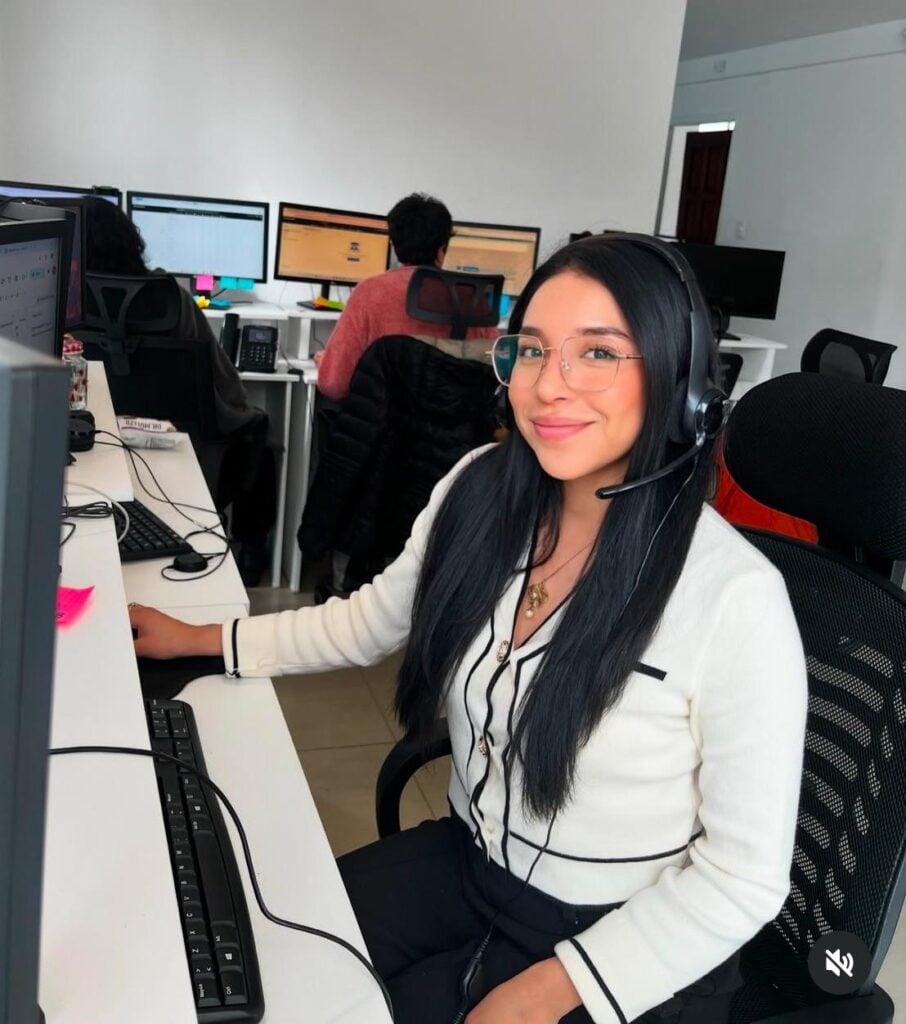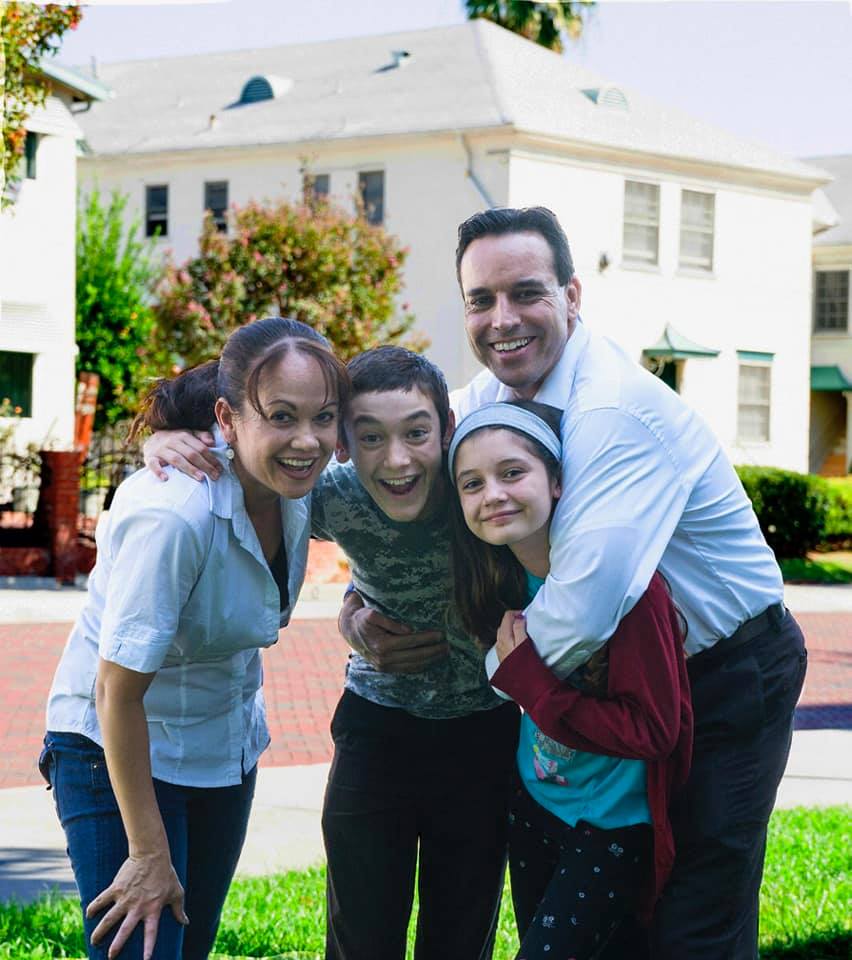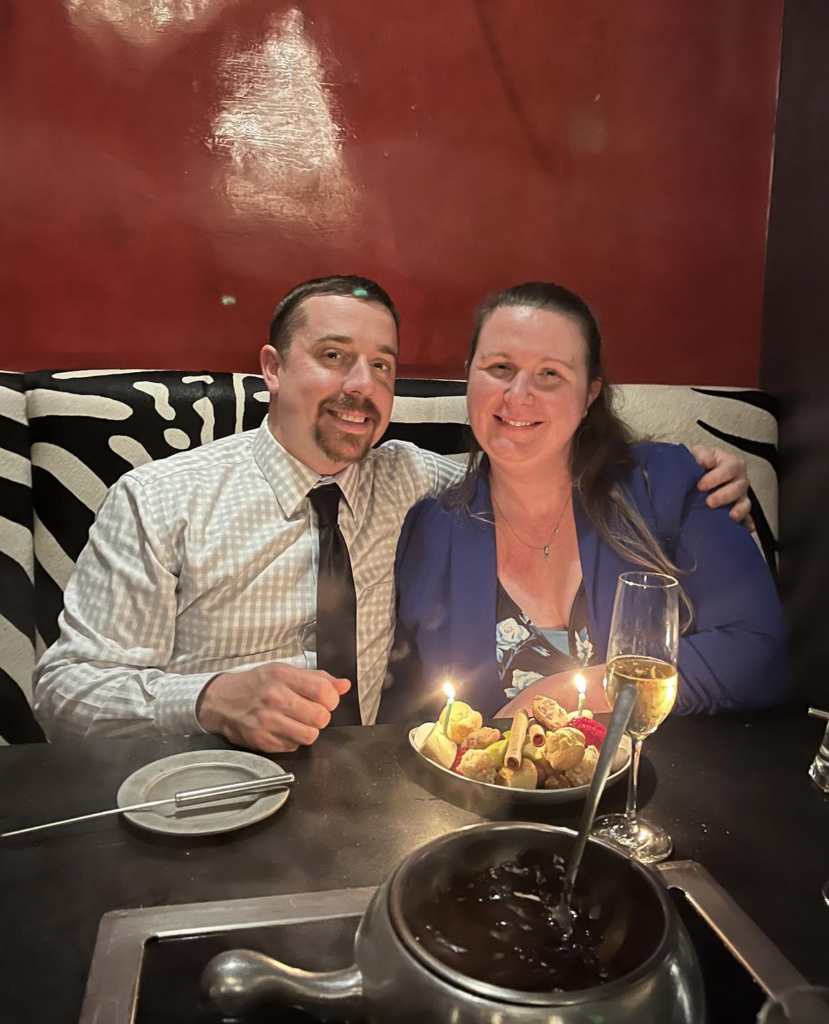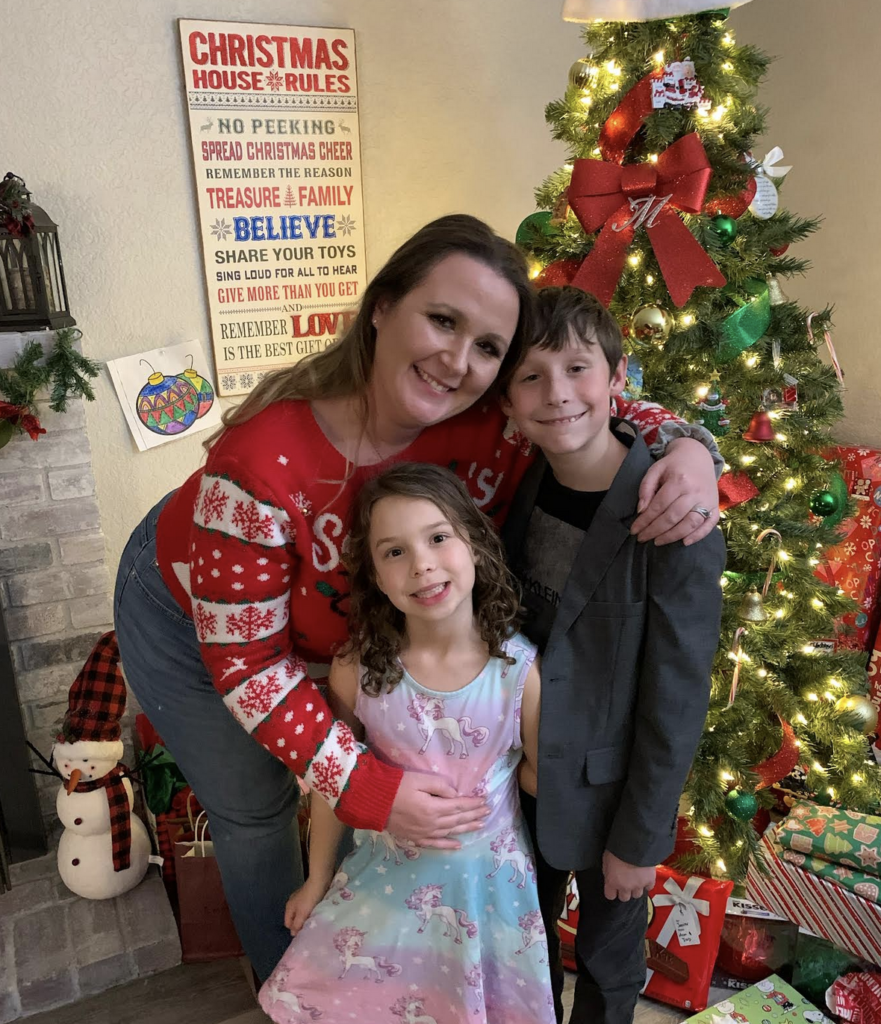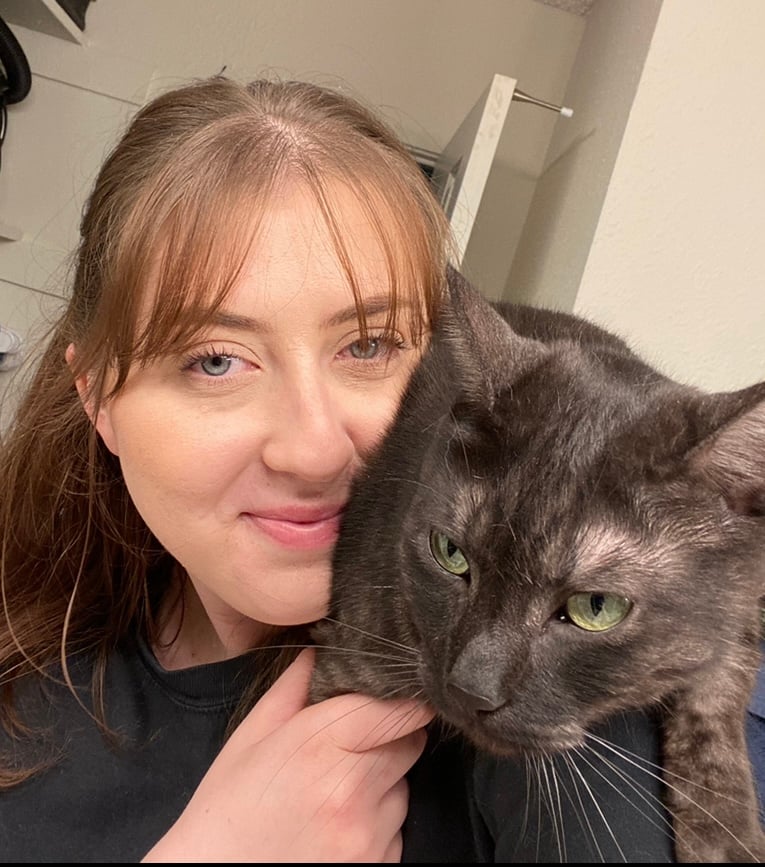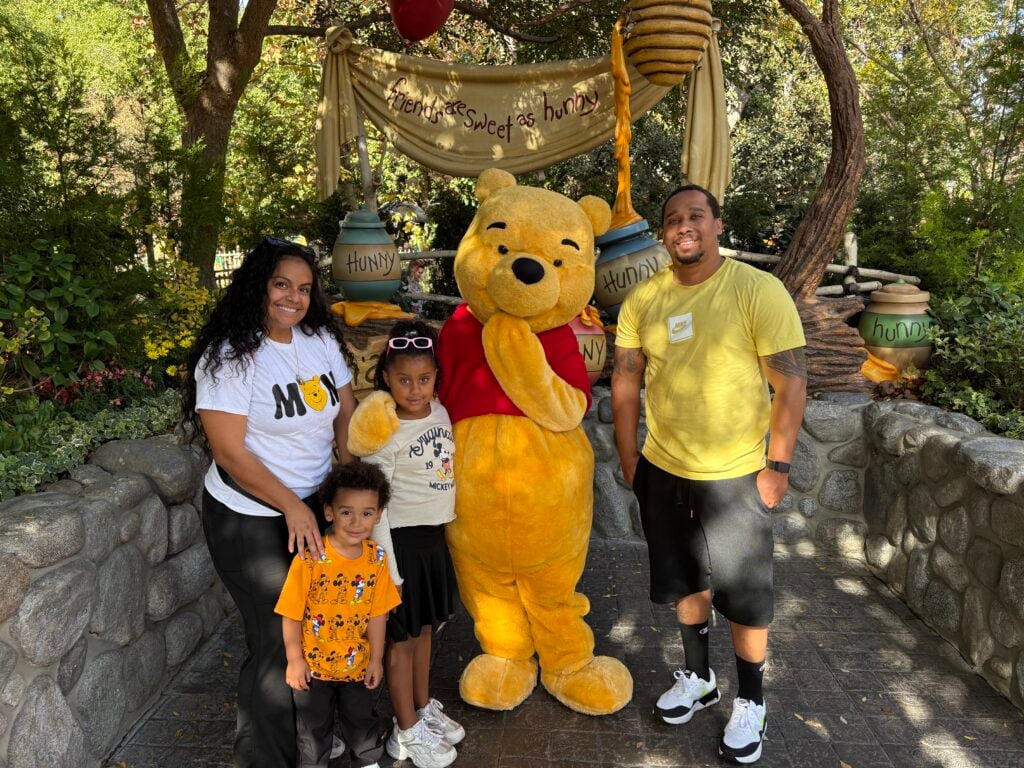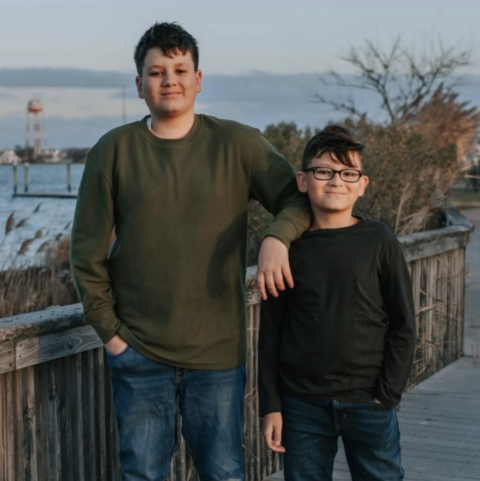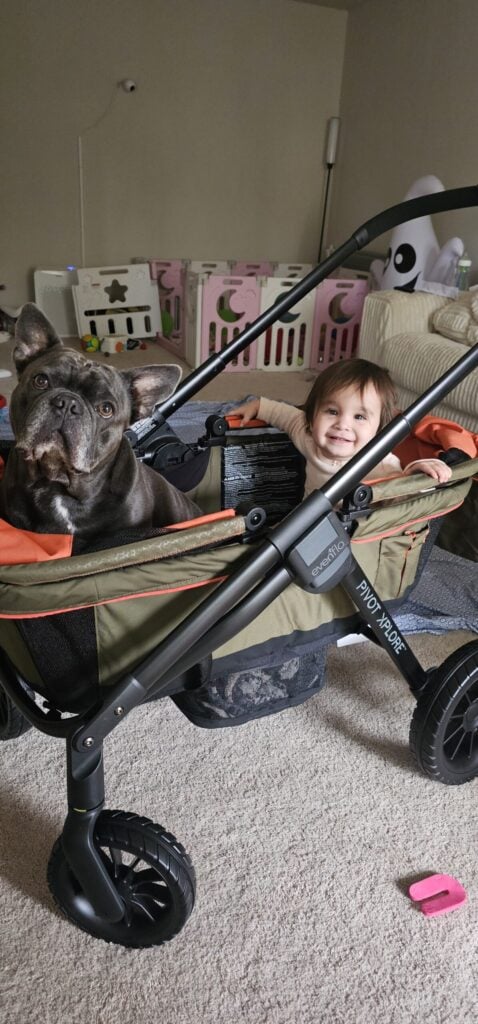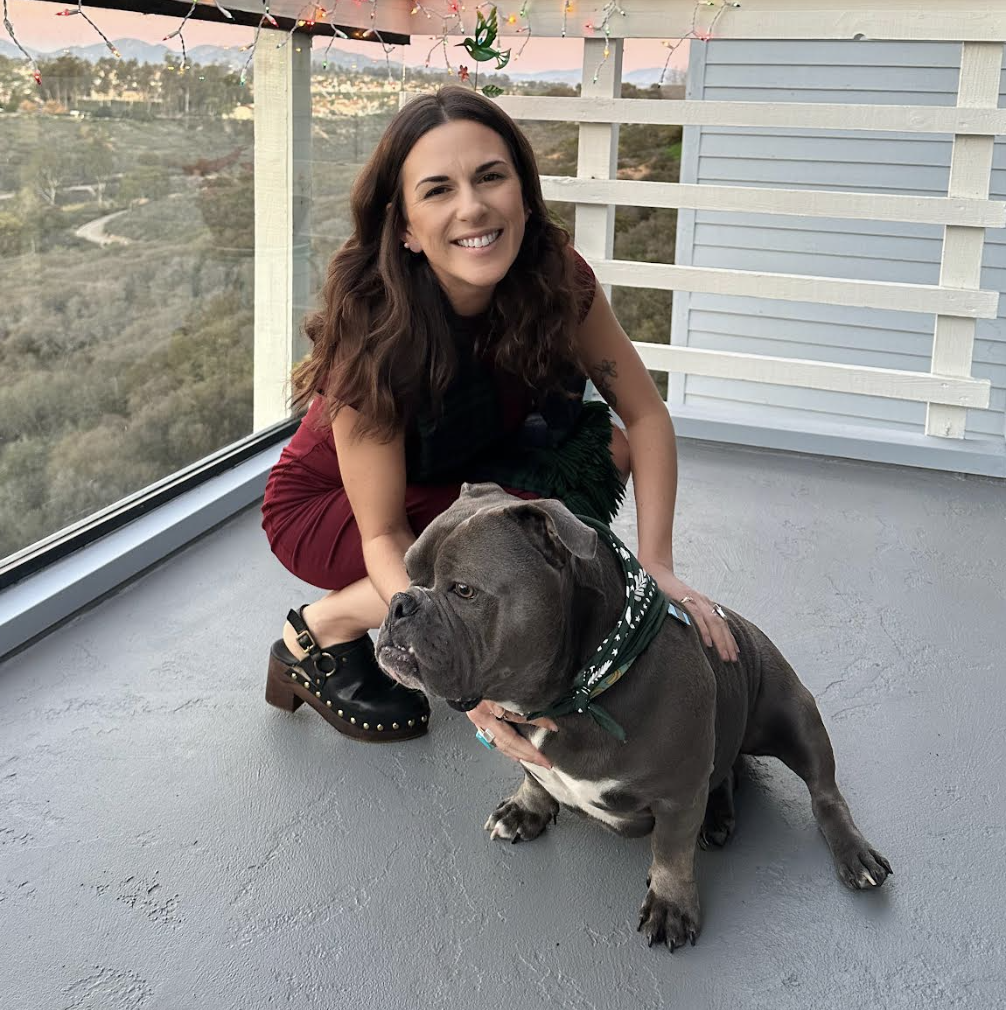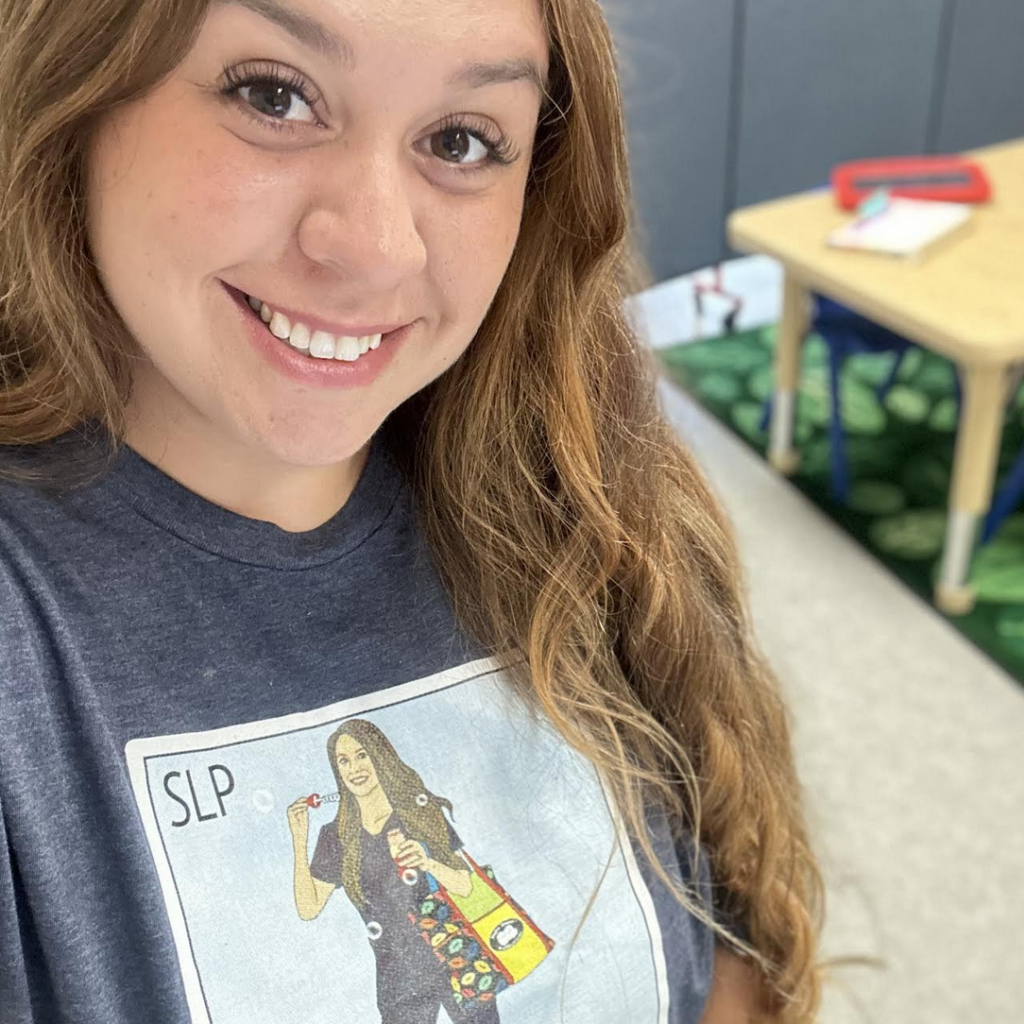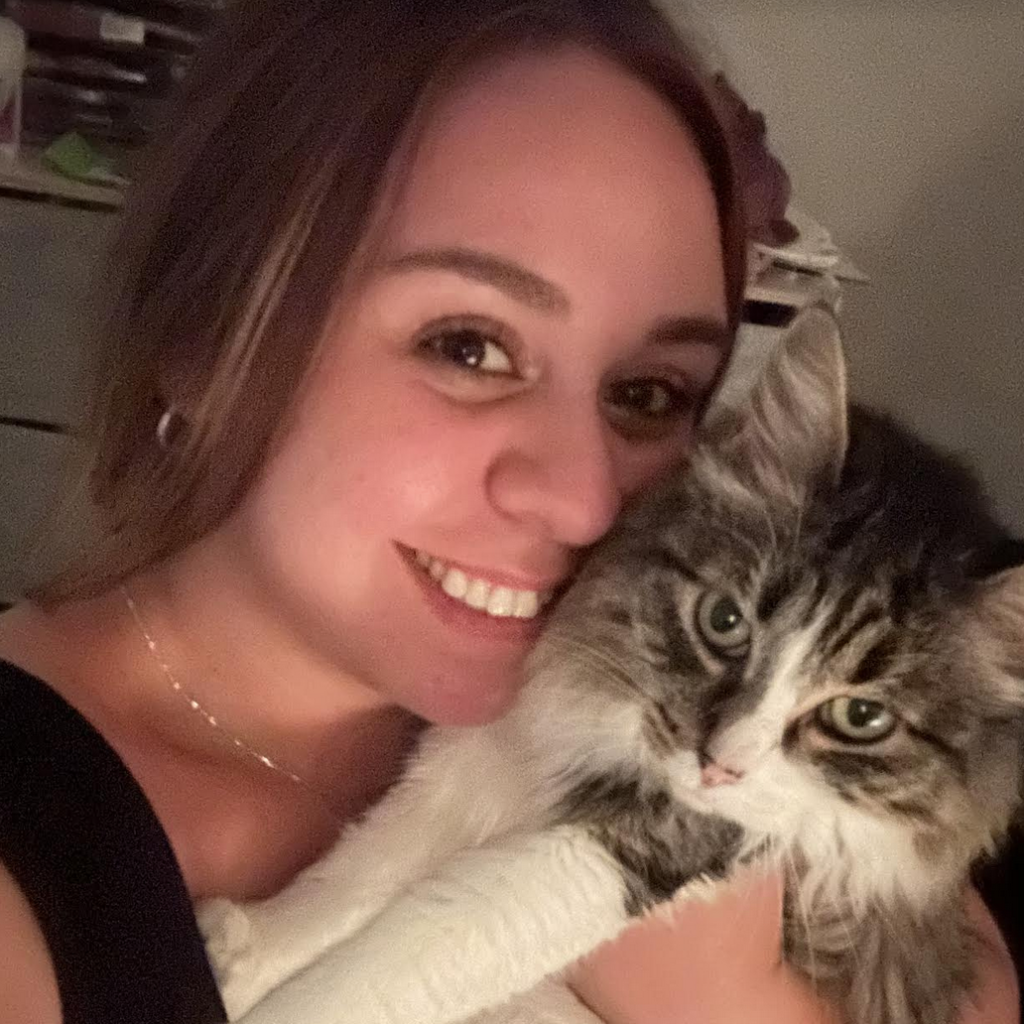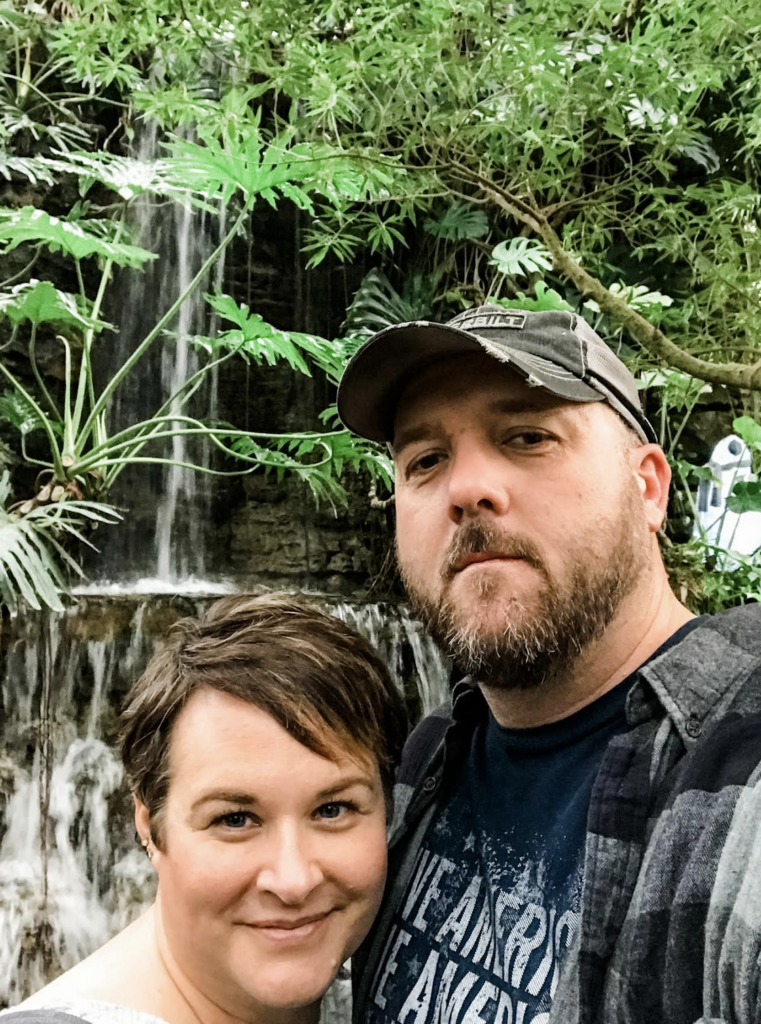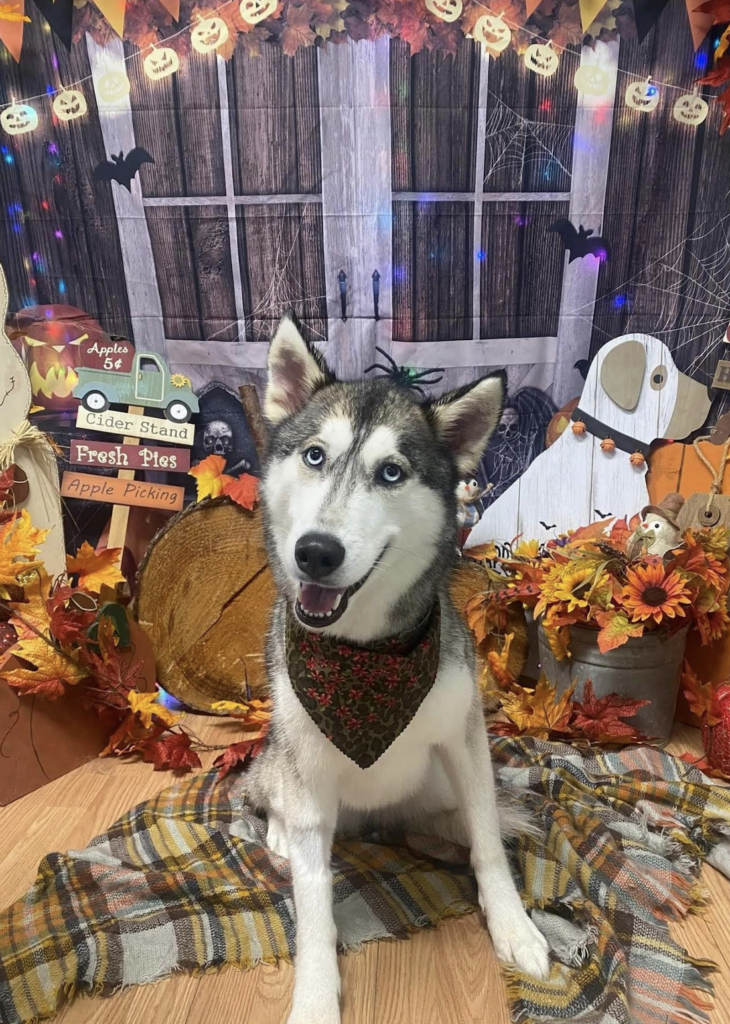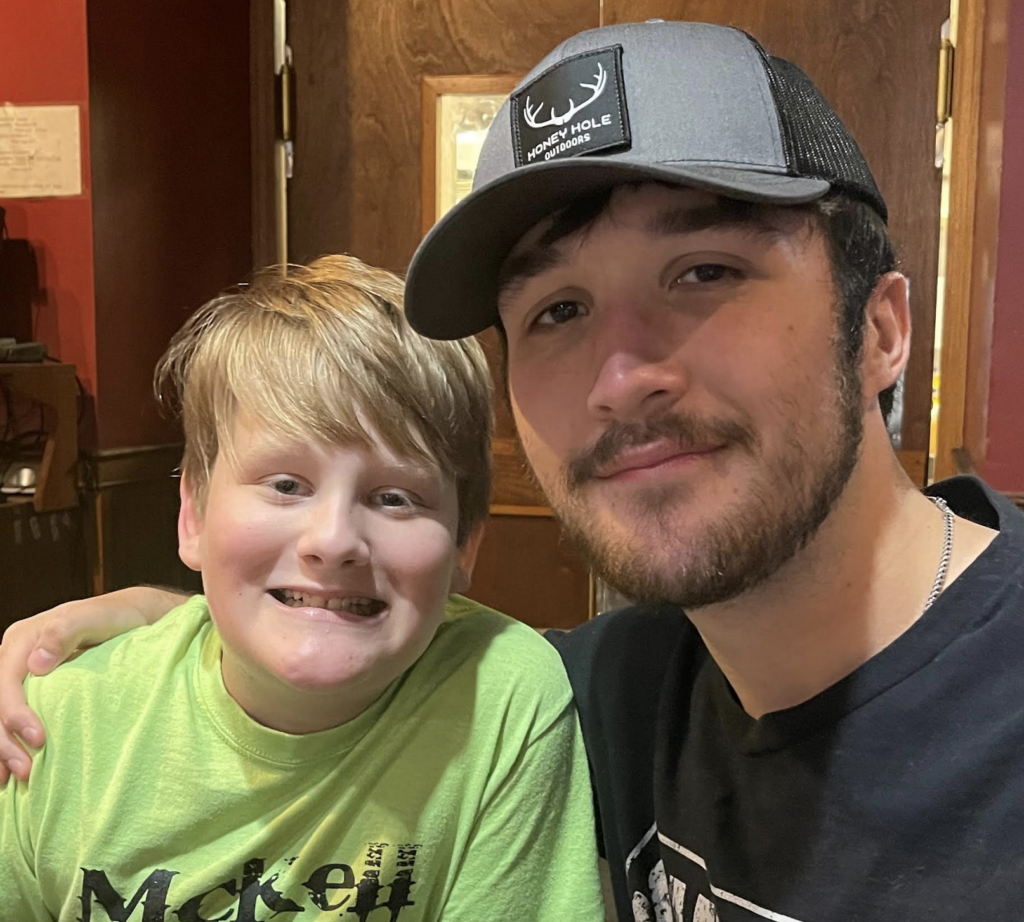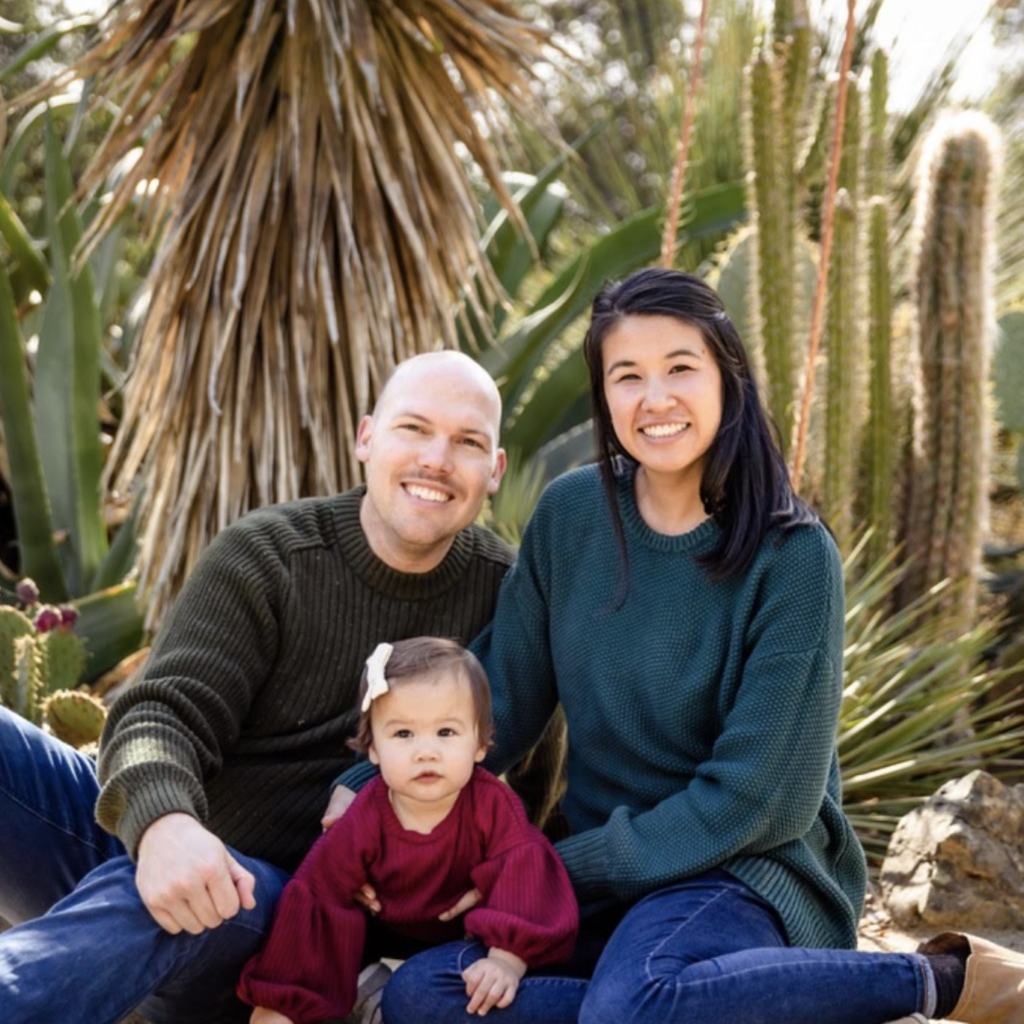Even when your child is not speaking, they are still communicating. I’m Poonam, an occupational therapist at Joy & Laughter Developmental Therapy, and in this article I’ll share the many ways children show us what they need without using words. From facial expressions to gestures, body language, and calm moments versus upset moments, every action tells a story if we pay attention.
1. Facial Expressions and Early Sounds
From birth, babies cry when they are hungry, need comfort, or want a diaper change. As they grow, they learn emotions by watching and imitating us. When you smile, they smile back. When you frown, they sense something is wrong. They coo in response to your cooing, and they copy your expressions. These early responses are powerful ways of communicating feelings and needs long before words appear.
2. Actions and Gestures
As children develop, they use actions to get your attention. Throwing toys, pulling on your arm, or making sounds are all ways of telling you something. Sometimes children throw objects not just to protest but to see how they fall or to hear the sound they make.
Gestures such as finger pointing, reaching, or guiding your hand toward an object are powerful early communication skills. Parents can support this by picking up and labeling toys one by one: “Do you want Play-Doh? Do you want pegs?” Watch for the moment when your child’s eyes light up. Every action tells you what your child is thinking or needing at that moment.
3. Body Language
Body language often reveals how a child is feeling. A calm child may sit, play, and focus. An excited or anxious child may flap arms, rock back and forth, give only sideways glances, or make sounds like clicks or animal noises. These are not “wrong” behaviors. They are ways of communicating excitement, stress, boredom, or overstimulation.
Sometimes children avoid eye contact not because they are ignoring you, but because looking sideways feels more visually comfortable. Respecting these differences helps children feel understood.
4. Calm vs. Upset States
Children communicate through their overall regulation. When they are well-regulated, they can follow directions, move smoothly from one activity to another, and join play with others. They may transition into or out of the gym without tantrums and show interest in learning.
When they are dysregulated, their communication looks different. Signs include running from room to room, screaming, crying, throwing, or spitting. Some children refuse food, bite their nails, complain of a tummy ache, or avoid tasks they normally enjoy. Others may scratch or bite themselves, struggle with sleep, or seem unusually irritable. All of these are ways of saying, “I am overwhelmed.”
In those moments, give your child time and support. Offer a favorite toy, calming song, snack, or water. These small adjustments can help shift them back into a calmer state where they are able to participate again.
How Parents Can Support Communication
Meet your child at their level. Sit on the floor or kneel so they can see you clearly. Model first-person language: “I want a break,” “I want Play-Doh,” “I am hungry,” “I am sad.” This helps children connect their actions with clear words.
Remember that every cry, gesture, and action is communication. By watching, imitating, labeling, and modeling safe ways to express needs, you help your child build confidence and give them tools to communicate more effectively.
Reach Out to JLD Therapy
At Joy & Laughter Developmental Therapy, we look at every movement, sound, and gesture as meaningful communication. If you would like to learn more about how your child communicates and how to support their growth, call us today for a free consultation at (408) 337-2727 or reach out online.
